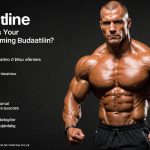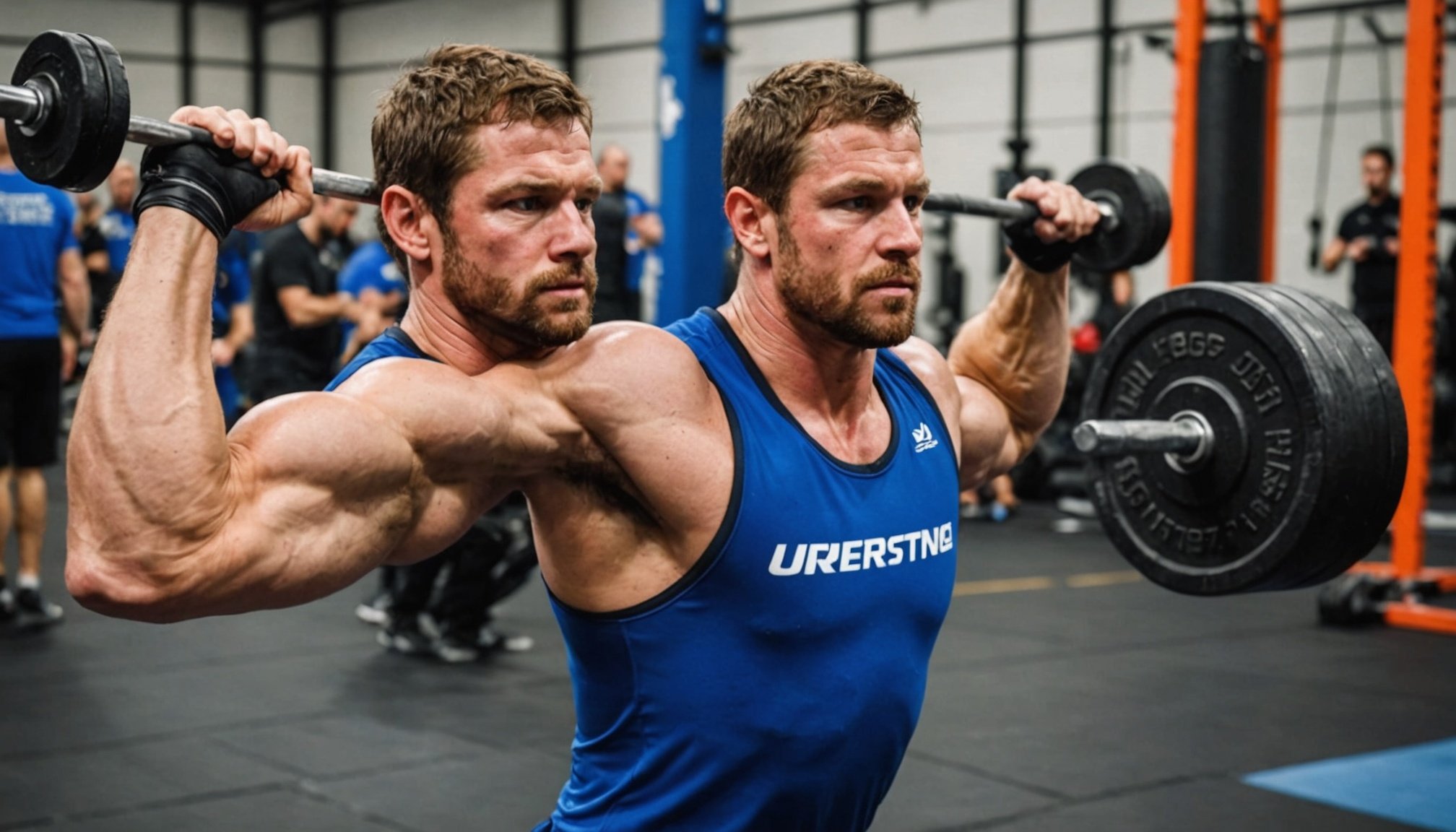Understanding Grip Strength in Wrestling
Grip strength is a crucial element in wrestling that significantly impacts an athlete’s performance. It involves the ability to apply adequate force using the muscles of the hand, forearm, and fingers. In more technical terms, grip strength is a combination of crushing, pinching, and holding forces that enable an athlete to exert control over their opponent. These components work together to create a powerful hold, essential for various wrestling techniques and maneuvers.
The importance of grip strength in wrestling cannot be overstated. A robust grip allows wrestlers to maintain holds, secure advantageous positions, and effectively counter opponents’ moves. This strength translates to improved performance on the mat, giving athletes a competitive edge. An enhanced grip is also beneficial for executing throws and takedowns, making it indispensable for overall wrestling prowess.
Also to see : Unlocking Speed: Strategies Used by UK Fencing Athletes to Enhance Reaction Times in Competition
Physiologically, developing grip strength contributes to muscle growth and endurance in the upper extremities. This process not only benefits wrestling-specific skills but also enhances general athletic capabilities. Stronger muscles in the hands and forearms equate to better joint stabilization and injury prevention, crucial for long-term success in wrestling. Thus, prioritizing grip strength training can lead to significant improvements in an athlete’s performance and competitive mastery.
Effective Weight Training Exercises for Grip Strength
Developing strong grip strength is essential for those committed to weight lifting and seeking muscle gain. Incorporating grip training exercises into your routines can significantly enhance your overall performance.
This might interest you : Unlocking Ultimate Recovery: Top Muscle Recovery Strategies for UK Kickboxers Post-Match
Compound Exercises
Compound movements are pivotal in strengthening your grip effectively. They engage multiple muscle groups, offering comprehensive muscle gain. Key exercises beneficial for wrestlers and those focused on grip strength include deadlifts, pull-ups, and farmer’s carries. Deadlifts, for instance, utilise the entire hand for gripping the barbell and challenge grip endurance. To integrate these exercises, start by including them in your regimen two to three times per week, ensuring a balanced training schedule that allows for adequate rest and recovery.
Isolation Exercises
Isolation exercises target specific muscles, providing focused improvement in grip strength. For enhanced results, consider exercises like wrist curls, reverse wrist curls, and grip squeezes. To achieve optimal outcomes, maintain proper form—keeping movements controlled and consistent in each repetition. Such exercises can be incorporated on alternate training days from compound exercises, ensuring balanced muscle development.
Use of Grip Tools and Accessories
Utilising specialized equipment can further enhance grip training. Tools like grip trainers or weights are effective for building grip endurance. Consider incorporating grip tools into your regular workouts, using them on non-lifting days to avoid overtraining. This strategic approach ensures progressive grip strength enhancement without compromising muscle recovery.
Sample Grip Strength Workout Plans
Creating an effective workout program for grip strength is fundamental for athletes like wrestlers aiming to enhance performance. Structuring a weekly training schedule involves balancing intensity and rest. Beginners might start with two days per week, focusing on basic exercises like wrist curls and finger extensions. As skill levels increase, incorporating more complex movements such as towel pull-ups or plate pinches on alternate days can be beneficial.
One recommended training schedule split for wrestlers is a four-day format:
- Day 1: Focus on compound exercises that also engage grip strength like deadlifts.
- Day 2: Incorporate targeted grip exercises such as hammer curls.
- Day 3: Rest and recovery to allow muscle repair.
- Day 4: Integrate open-handed holds, assisting in building all-rounded strength.
For those at an advanced level, adjustments can be made to include techniques such as farmers’ walks, using heavier loads over time, and increasing grip endurance exercises. This tailored approach not only aids in strength building but also ensures that grip improvement is a consistent part of one’s workout programs. Keeping the workouts dynamic and adaptable based on the individual’s progress is key to long-term success.
Safety Tips for Weight Training
Weight training is a fantastic way to build strength, but ensuring training safety is vital. A key component of injury prevention is beginning each session with a thorough warm-up. This helps increase blood flow to the muscles, making them more pliable and less prone to tears. Likewise, a cool-down routine aids in recovery, gradually lowering heart rates and reducing muscle stiffness.
When performing exercises, maintaining proper technique is crucial. Incorrect form can lead to injuries, negating the benefits of your workout. Focus on alignment and controlled movements to ensure you are working the right muscle groups effectively. If unsure about your form, consulting a fitness professional can provide valuable tips and corrections.
Being aware of the body’s signals is essential. Overtraining can occur when exercises are too intense or frequent without adequate rest, leading to fatigue or injuries. Signs of overtraining include prolonged muscle soreness, irritability, and decreased performance. It’s important to rest and allow the body to recover when these signs are noted, maintaining a balance that supports both health and fitness goals.
By prioritizing injury prevention, enthusiasts can enjoy weight training safely and effectively.
Nutrition for Enhancing Grip Strength and Performance
Maintaining a balanced diet for athletes is crucial for optimizing grip strength and overall performance. Prioritize consuming essential nutrients that foster muscle growth and recovery, as these are fundamental components for athletes such as wrestlers. High-protein foods are effective, supporting muscle repair and build-ups, while carbohydrates are invaluable sources of energy for intense workouts.
For muscle recovery, focus on foods rich in amino acids, like lean meats, legumes, and dairy. Incorporating omega-3 fatty acids, found in fish and flaxseeds, can also aid in reducing inflammation post-exercise. Wrestlers need to maintain their strength but also stay within specific weight categories, so calorie and nutrient-dense foods should be carefully managed.
Meal planning can significantly enhance athletic performance. Suppose an athlete wishes to boost grip strength. A sample meal might include:
- Breakfast: Oatmeal with nuts and a side of yoghurt.
- Lunch: Grilled chicken breast with quinoa and mixed greens.
- Dinner: Baked salmon with sweet potatoes and steamed broccoli.
Snacks such as almonds or a protein smoothie can help sustain energy levels throughout the day. By tailoring meals to meet the demands of training, athletes can improve strength and recovery efficiency.
Common Challenges and Solutions in Grip Strength Training
In the realm of grip strength training, wrestlers often face numerous obstacles that can impede their progress. One prevalent difficulty is hitting a plateau, where gains in strength seem to stall despite continuous effort. Identifying these training difficulties is the first step towards addressing them effectively.
Wrestlers often find their training routines become monotonous over time, leading to decreased motivation. To overcome this, introducing variety is essential. Incorporating different grip strength exercises like pinching, crushing, and wrist curls can prevent stagnation. Establishing a well-rounded routine can enhance performance significantly.
In addition, the psychological aspect plays a crucial role. Maintaining motivation and focus amidst challenges requires a positive mindset. Setting realistic and achievable goals can provide a sense of accomplishment, boosting morale and commitment. Engaging in mindfulness and visualization techniques can also sharpen focus and enhance training performance.
At the core of overcoming obstacles is consistency. Regularly varying workout intensity and integrating rest periods optimize muscle recovery and growth. Embracing a combination of physical and mental strategies ensures that wrestlers not only tackle grip strength challenges with resilience but also achieve their desired performance goals.






